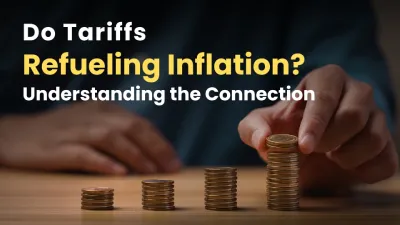Crude Prices Flat as Possible Rate Hikes Fuel Demand Worries
Abstract:On Monday crude oil prices were flat, pressured by concerns that more U.S. interest rate increases may dent demand.

On Monday crude oil prices were flat, pressured by concerns that more U.S. interest rate increases may dent demand.
U.S. West Texas Intermediate crude was 0.3% or 27 cents, higher at $80.10 per barrel, while Brent crude was at $84.42 per barrel, 6 cents lower after hitting a session high of more than $85 earlier in the session.
Crude posted a second straight week of losses after Fed Chair Jerome Powell on Friday said the central bank might have to hike rates more to ease stubborn inflation further.
BOK Financials senior vice president of trading, Dennis Kissler, said there were still concerns about demand declining especially if there is another hike in interest rates. He added that the market was very nervous.
On Thursday, the Fed's preferred inflation gauge, personal consumption expenditures price index will be released, and on Friday non-farm payrolls data is due.
Although China halved stamp duty on equity trading, Chinese stock markets wiped out most of their strong gains on the opening on persistent concerns about a spluttering economy.
Saxo Bank‘s head of commodity strategy, Ole Hansen, said the oil market was focusing on whether Brent can regain momentum on a break above $85, Tropical Storm Idalia heading for Florida, and China’s actions to support its economy.

Read more

When Tariffs Trigger Turmoil: 10 Past Trade Wars That Rearranged the World
Far from being mere policy tools, tariffs and trade restrictions have repeatedly served as catalysts for economic upheaval, diplomatic rifts, and even armed conflict. Here are ten historically significant trade wars that altered the course of nations and the global economy.

Are We in a Retracement Or the Start of a Financial Collapse?
As markets fluctuation in uncertain times and headlines grow darker, investors are left asking a crucial question: Is this a temporary downturn or something far worse? The terms bear market, recession, and depression are often thrown around interchangeably, but they represent very different levels of economic pain. Read this article to understand the differences between all three.

Why Fed Keeps Interest Rates Unchanged, How Does It Affect To Forex Market?
Fed keeps interest rates at 4.25%–4.50%, impacting forex market. Dollar may rise as tariffs loom. Explore why rates unchanged and forex effects.

Do Tariffs Refueling Inflation? Understanding the Connection
Investigate how tariffs impact inflation. Learn how trade barriers influence prices and the broader economic landscape.
WikiFX Broker
Latest News
Love, Investment & Lies: Online Date Turned into a RM103,000 Scam
Broker’s Promise Turns to Loss – Funds Disappear, No Compensation!
Broker Took 10% of User's Profits – New Way to Swindle You? Beware!
Pi Network: Scam Allegations Spark Heated Debate
Broker Comparsion: FXTM vs AvaTrade
Account Deleted, Funds Gone: A New Broker Tactic to Beware Of?
El Salvador and U.S. Launch Cross-Border Crypto Regulatory Sandbox
The Instagram Promise That Stole RM33,000
Kraken Partners with Alpaca to Offer U.S. Stocks and Crypto
Before You Trade the Next Big Thing, Remember the Dot-Com Collapse
Rate Calc

